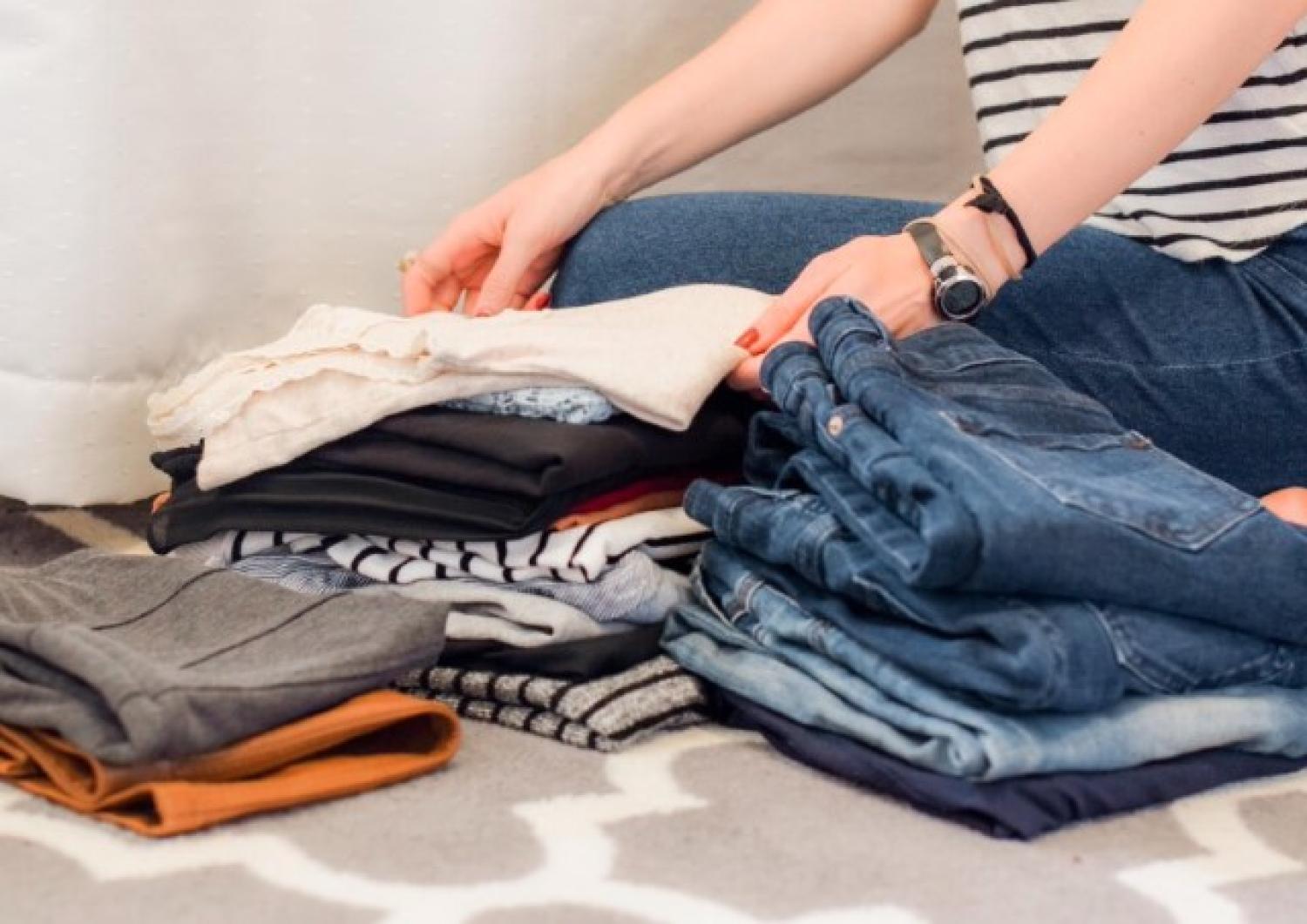A sustainable guide to thrifting

Thrifting goes hand in hand with a sustainable lifestyle. With Americans throwing away over 13 million tons of clothing each year, fast fashion and overconsumption lead to excess waste in landfills, carbon emissions from textile manufacturing and depletion of resources. Thrifting promotes sustainability by diverting clothing from landfills for reuse. You can participate in thrifting by donating unwanted clothing and purchasing used clothing instead of buying new.
The importance of thrifting for sustainability
- Less clothing in landfills: Most clothes are made from synthetic materials, which take hundreds of years to decompose in landfills. When you thrift, you help extend the life of clothes, which can reduce the volume of clothing sent to landfills each year.
- Fewer wasted resources: Making clothes takes a lot of water. One pair of jeans is estimated to use about 1,800 gallons of water in the manufacturing process and cotton growth. Thrifting keeps clothing in use for longer, which can help limit wasted resources through decreased demand for new products.
- Reduce chemical pollution: Most cotton used to make clothing is genetically modified, which means the growing process is pesticide-intensive. Pesticides can lead to soil acidification and water contamination. Textile manufacturing can also involve harmful dyes and crude oil by-products. The environmental risk increases when excess chemicals leak into areas surrounding the manufacturing facilities, which can contaminate surface and groundwater.
The benefits of thrifting for consumers
Thrifting benefits not only the environment but also consumers. Here are ways you can benefit by participating in thrifting.
- Save money: You can save money by purchasing secondhand clothing. Thrift stores often have much lower prices than buying new items.
- Update your style: Thrifting offers a wide variety of clothing types and styles to help you develop a unique and functional wardrobe.
- Lower-cost luxury: Thrift stores often have vintage items or designer products at a fraction of the initial cost. You can elevate your wardrobe on a budget.
- Social responsibility: You can feel good about disposing of unwanted clothing by donating to a thrift store instead of throwing items away.
Alternatives to thrifting
Thrifting isn’t the only way to keep unwanted clothing out of landfills. The EPA estimates that 84% of donated clothing ends up in landfills and incinerators. When donating, consider whether the items are functional to avoid passing the burden of disposal on to others. Here are other ways to give your clothing a second life.
- Make a trade: Plan a clothing swap with your friends, residence hall, student organization or another group.
- Alternative donations: Donate directly to those in need, like to a homeless center or domestic violence shelter. Often, these organizations have information on their websites about how or where to donate.
- Repair and repurpose: If you have clothing that isn’t in good condition, consider making repairs or reusing the item for a different purpose. For example, you can use old T-shirts as cleaning cloths.
- Make it last: Save and store unique items that you may not wear regularly to use for costumes or theme parties.
Things to keep in mind before going thrifting
It’s easy to over-buy when thrifting due to cheaper prices. However, buying things you don’t need just continues the waste cycle. Make sure nothing you purchase ends up back in the donation box. Before you buy an item, consider the following:
- Would I buy this if it were brand new?
- Do I have things in my closet that I can wear with this?
- If I plan to repair an item, do I have the time and materials to do so?
- Do I have something like this in my closet already?
- Will this fit me? (size, style, etc.)
Start thrifting
Boulder has many local thrift stores within walking distance of campus. Check out this map of thrift stores in the Boulder area.
Behaviors like thrifting instead of buying new can positively impact our environment. Join the Sustainable Buffs community to get more involved.


